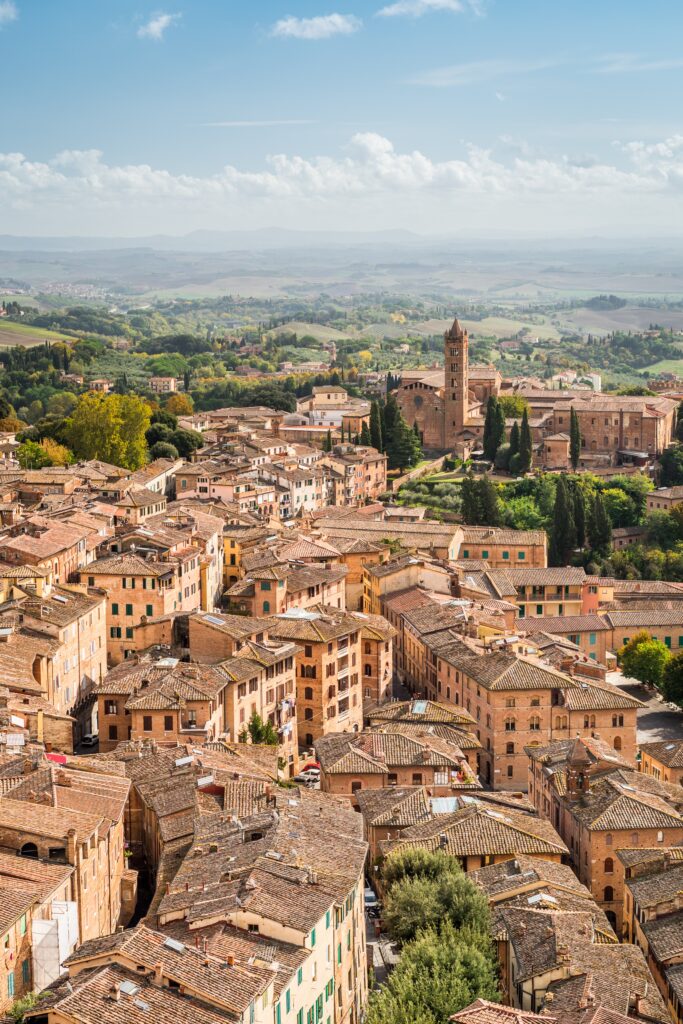
San Casciano dei Bagni Free Tour
Information:
an Casciano dei Bagni is a comune (municipality) in the Province of Siena in the Italian region of Tuscany, located about 110 km (68 mi) southeast of Florence and about 70 km (43 mi) southeast of Siena. It is one of I Borghi più belli d’Italia (“The most beautiful villages of Italy”).[3]
Geography
San Casciano dei Bagni borders the following municipalities: Abbadia San Salvatore, Acquapendente, Allerona, Cetona, Città della Pieve, Fabro, Piancastagnaio, Proceno, Radicofani, Sarteano.
A destination for travelers during ancient times, San Casciano dei Bagni is a member of a group of communities that are identified to modern tourists as the “prettiest Italian villages” (borghi piu belli d’Italia).
History

The history of San Casciano is strictly connected to the presence of hot fresh waters from 42 springs with a mean temperature of 42 °C (108 °F) and a daily delivery of 5.5×106 L (1,500,000 US gal) (third in Europe).
According to legends related by sources such as Livy,[citation needed] the thermal baths of Balnea Clusina were founded by Porsenna, an Etruscan king of Chiusi who Roman sources date to the sixth century BC. The baths also were popular during the ensuing Roman era, Augustus being said to have been amongst those using the baths.[4][5]
In the third to fourth centuries, a Christian Pieve of St. Mary ad balneo existed in San Casciano.
During the Middle Ages it was initially under Lombard rule, and later under the Visconti di Campiglia and the Abbey of San Salvatore. Troops of San Casciano took part in the Battle of Montaperti in 1260. The last Visconti ruler was Monaldo, who also was podestà of Florence in 1389.
San Casciano was acquired by the Republic of Siena in 1412.
In Renaissance times its thermal baths attracted visitors from all over Europe, but visits began to decline in the nineteenth century, recovering only during the early twenty-first century.
Main sights
- Ancient Roman hot baths
- Lago di San Casciano
Excavations
In 2022, a trove of 24 bronze Etruscan statues was discovered during archaeological excavations that began in 2019 at the nearby ancient thermal baths. The baths being excavated date from the second century BC, a period of transition from Etruscan to Roman rule. The Etruscan artifacts had decorated an earlier sanctuary that had existed at the site and they were buried in new construction by the Romans, likely in a rededication ritual.[6]
The statues were covered by approximately 6,000 ancient bronze, silver, and gold coins and the artifacts were in an excellent state of preservation. They were hailed as the most significant archaeological find of their kind in 50 years,[7][8] as most surviving objects from the period are in terracotta.
The discovery is also considered important since, in the period it covers, several wars were waged yet the statues, which bear inscriptions in both Etruscan and Latin, indicate that Etruscan and Roman families worshipped the statues’ deities peacefully together here.[9]
information from: Wikipedia, the free encyclopedia
